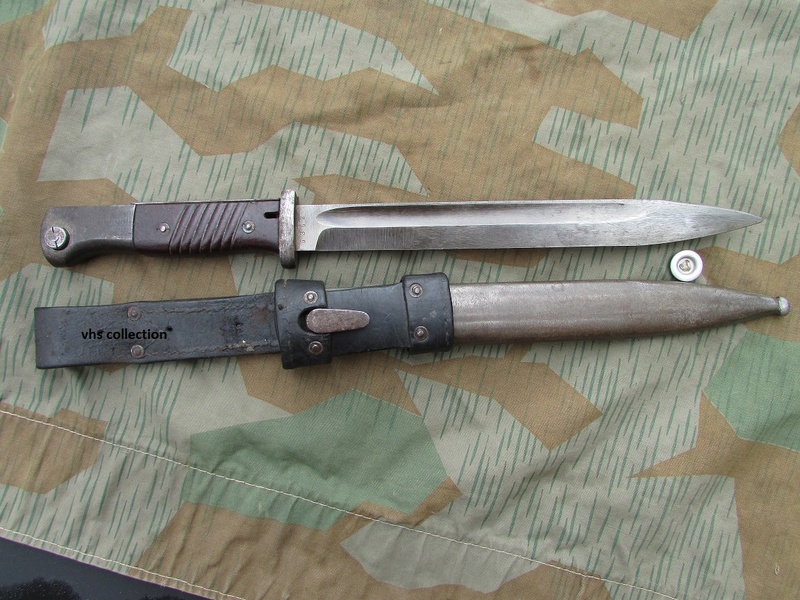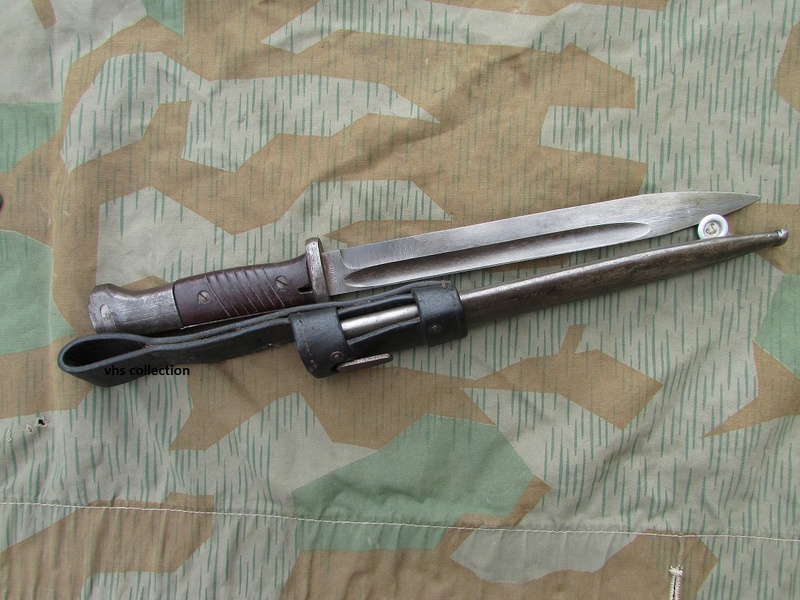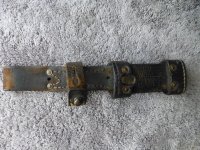Was following this rarity on Feebay all week:
http://www.ebay.com/itm/ORIGINAL-WWII-GERMAN-LATE-WAR-ERSATZ-MAUSER-K98-BAYONET-FROG-RARE-/263103435948?hash=item3d422fd4ac:g:vPkAAOSwpJJZdMSv
If one of our Forum members came away with it, well played!
http://www.ebay.com/itm/ORIGINAL-WWII-GERMAN-LATE-WAR-ERSATZ-MAUSER-K98-BAYONET-FROG-RARE-/263103435948?hash=item3d422fd4ac:g:vPkAAOSwpJJZdMSv
If one of our Forum members came away with it, well played!



